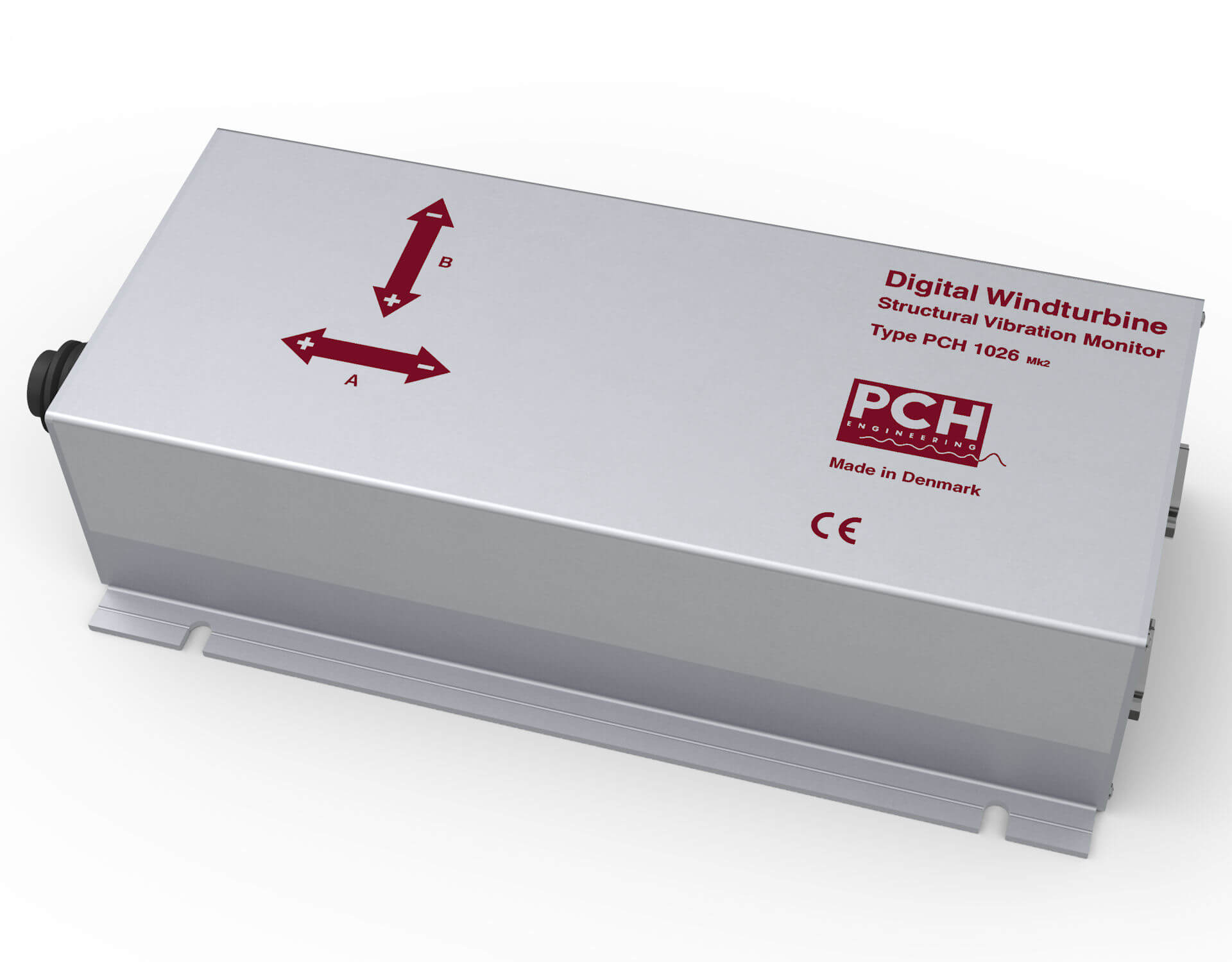
Contact us for more information
Please fill out the form below and we will come back to you by email with more information on this product. If you have any questions or comments to PCH Engineering A/S, please do not hesitate to contact us. By using this form you agree with the storage and handling of your data by this website.
Please fill out the form below and we will come back to you by email with more information on this product. If you have any questions or comments to PCH Engineering A/S, please do not hesitate to contact us. By using this form you agree with the storage and handling of your data by this website.
Please contact me
Please fill in the form and our local distributor will contact you as soon as possibl. By using this form you agree with the storage and handling of your data by this website.
Please fill in the form and our local distributor will contact you as soon as possibl. By using this form you agree with the storage and handling of your data by this website.
Technical information
Text technical information...
Text technical information...







 Use a monitor with accurate filters
Use a monitor with accurate filters Where to mount vibration sensors on wind turbines
Where to mount vibration sensors on wind turbines
